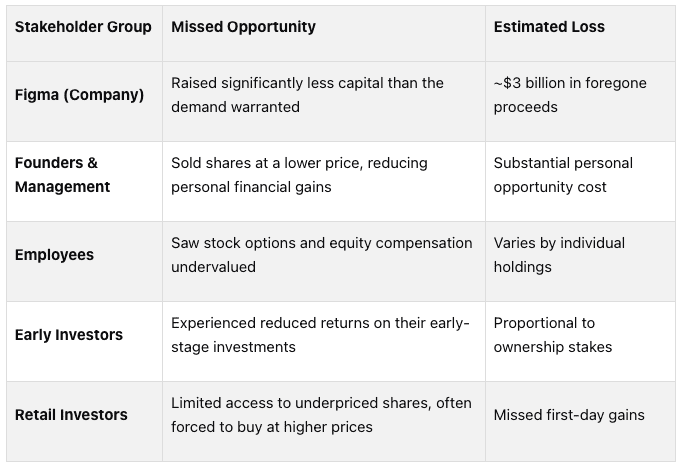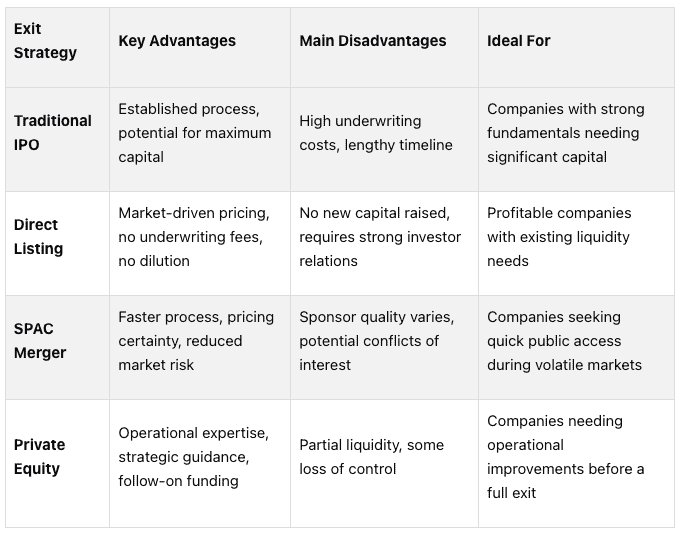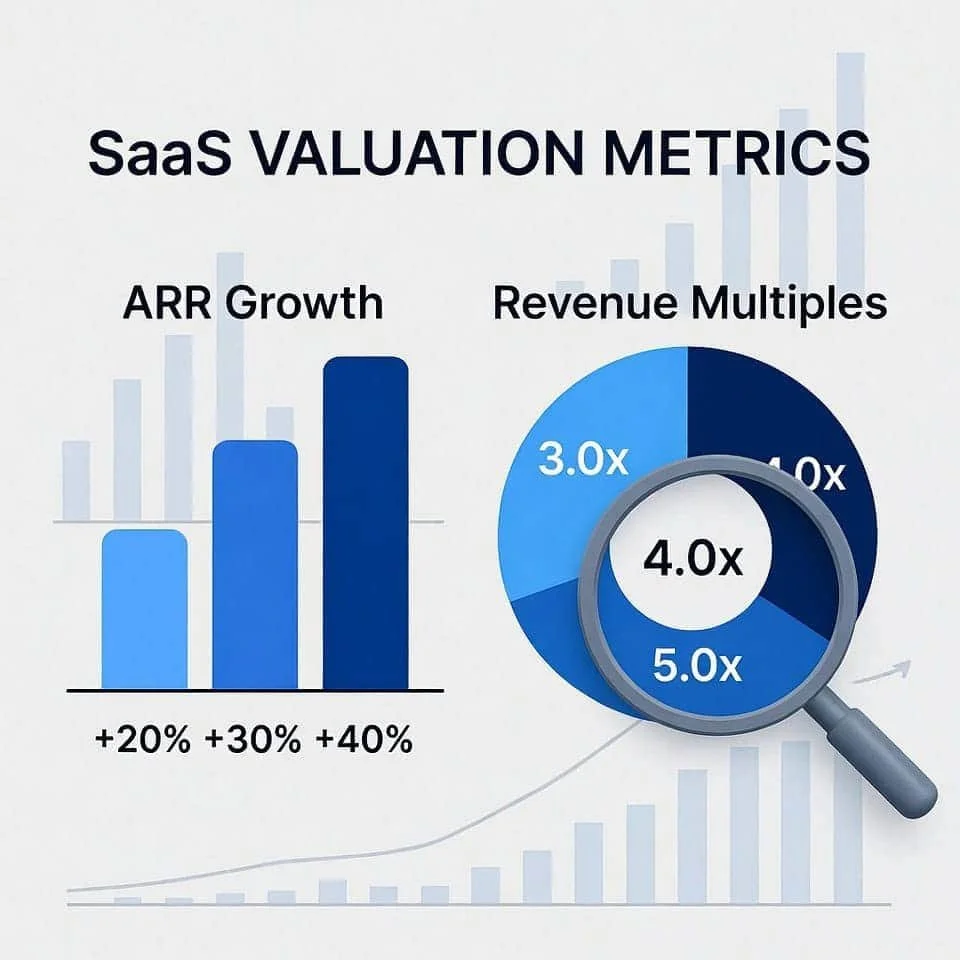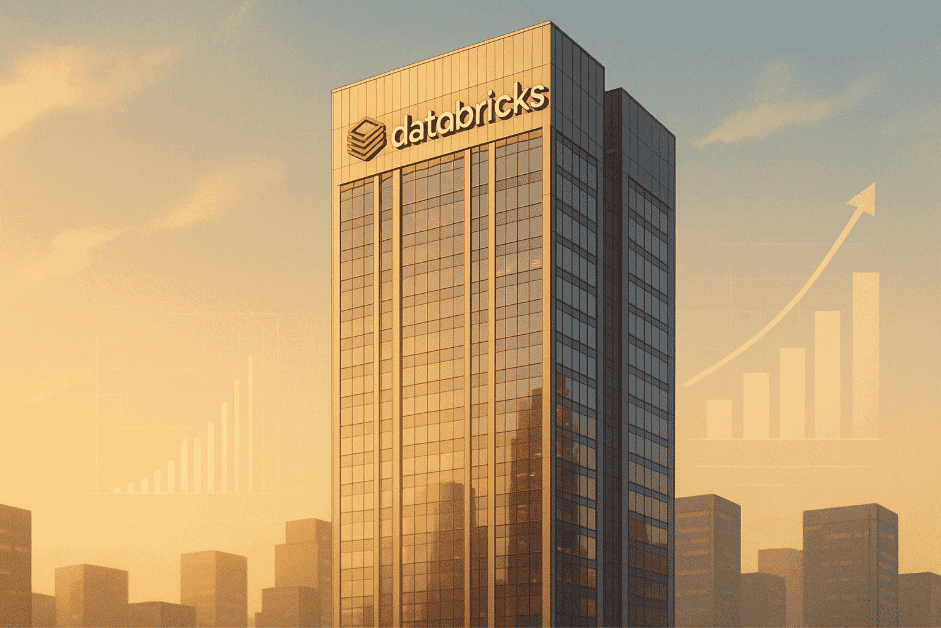Figma IPO: How Underpricing Cost $3 Billion and What This Bullish IPO Teaches Founders
Figma’s IPO on July 31, 2025, saw its stock skyrocket from an offering price of $33 to a closing price of $115.50 on its first trading day - a 250% jump. This surge boosted Figma's valuation from $19.8 billion to $47.1 billion in a single day.
However, this dramatic rise highlighted a major issue: underpricing cost the company and its stakeholders an estimated $3 billion in unrealized capital, which instead benefited institutional investors.
Key Takeaways:
Underpricing Problem: Figma's IPO price was far below investor demand, as the offering was oversubscribed by 40 times.
Winners: Institutional investors gained significantly, profiting from the 250% price increase.
Losers: Figma, its founders, employees, and early investors missed out on billions in potential capital.
Lessons for Founders: Accurately pricing IPOs is critical to avoid wealth transfer to institutional investors. Alternatives like direct listings or SPACs can help mitigate underpricing risks.
Figma’s experience serves as a cautionary tale for founders, emphasizing the importance of pricing strategies and exploring non-traditional exit options to maximize value.
Figma CEO Dylan Field on IPO Debut
How IPO Underpricing Works: Process, Winners, and Losers
Figma's IPO highlighted a glaring issue: an estimated $3 billion in unrealized value due to the way pricing and stakeholder dynamics played out. In a traditional IPO, the pricing process often creates a system where certain participants consistently benefit, while the companies going public might not capture the full value of their shares. Let’s break down the mechanics behind this disparity.
The IPO Underpricing Process
Underwriters, particularly the lead underwriters (or bookrunners), are central to determining the final share price and how shares are allocated.
"The lead underwriters will be responsible for coordinating the efforts of the underwriting syndicate, assisting the company in preparing the registration statement, conducting the due diligence effort, providing the initial draft of the underwriting agreement and lock-up agreements, organizing the roadshow and leading the selling efforts by building the 'book' of orders, allocating shares and recommending the final price and size of the IPO." – Albert Vanderlaan, Partner, Orrick LLP [2]
To set the IPO price, underwriters consider factors like market conditions, comparable company valuations, the company’s total addressable market, and key performance indicators. They also conduct roadshows to gauge investor interest and compile a "book" of orders - essentially a list of who wants to buy shares and at what price.
Underwriters often lean toward conservative pricing to ensure a smooth debut in the market. In Figma's case, the IPO was oversubscribed by more than 40 times, a clear signal of undervaluation.
When it comes to allocation, institutional investors dominate. Historically, about 90% of IPO shares go to institutional investors, leaving just 10% for retail investors [4]. This imbalance means large institutional clients often get the lion’s share of underpriced stock, which they can quickly sell for hefty profits. Retail investors, on the other hand, usually receive small allocations, often determined through a lottery system [3].
This structure sets up a clear divide between those who benefit and those who lose out in the IPO underpricing process.
Who Wins and Loses in Underpriced IPOs
Figma's IPO serves as a prime example of how underpricing creates winners and losers. The winners, unsurprisingly, were institutional investors, while the company and its broader stakeholders were left with missed opportunities.
Winners
Institutional investors were the biggest beneficiaries. Buying shares at $33 and selling them for over $115 on the first day yielded gains of more than 250%, with profits collectively estimated at around $3 billion.
Investment banks and underwriters also came out ahead. Beyond earning their standard fees, they strengthened relationships with institutional clients by offering access to such a lucrative deal - relationships that can heavily influence future underwriting opportunities.
Losers
Several stakeholder groups bore the brunt of the conservative pricing strategy:
For Figma’s founders and employees, years of effort and value creation were effectively handed over to institutional investors in a single day. Stock options and early equity failed to reflect the true demand in the market.
Underwriters typically aim for a modest first-day price increase, but Figma’s 250% surge far exceeded those expectations, underscoring a significant gap between the pricing strategy and actual market demand.
This shift in wealth - from the company and its early stakeholders to institutional investors - is not coincidental. It’s a well-known feature of the traditional IPO process, where the system is often structured to favor large institutional players over the companies themselves.
Lessons for Founders: Market Demand and Pricing Decisions
Figma's IPO offers valuable insights for founders navigating market dynamics and pricing challenges. One key takeaway is the importance of setting a price that accurately reflects market demand while minimizing dilution risks. Let’s break down how to assess market demand, determine an appropriate IPO price, and manage the potential downsides of underpricing.
Measuring Market Demand and Investor Interest
A high level of investor interest often signals that shares may be underpriced. When demand significantly outpaces supply, it’s a red flag that the initial pricing might not fully capture the company’s value. During the IPO roadshow, founders should carefully evaluate how much investors are willing to pay. As Lewis Hower, Managing Director at Silicon Valley Bank, explains:
"Founders need to understand factors that help maximize the valuation of their business and increase the propensity of new investors to come in at the highest possible valuation" [5].
Setting IPO Price and Valuation
Once demand is measured, the next step is translating those insights into a realistic valuation. While strong business fundamentals can enhance pricing power, converting operational success into an ideal market valuation requires careful planning. Founders must set achievable valuation targets and have a clear understanding of their capital requirements before launching the IPO [5].
Knowing exactly how much funding is needed can help founders decide whether to accept a lower valuation for immediate capital or aim for a higher price that better reflects the company’s worth. Timing also plays a crucial role - market conditions and competitive factors should be considered when finalizing the IPO price.
Underpricing Risks for Founders
Figma’s underpricing serves as a cautionary tale, showing how billions in potential capital can be lost when shares are undervalued. Founders must balance the need for immediate funding with the long-term impact on ownership. Underpricing not only reduces available resources for growth but also increases the risk of dilution. As Lewis Hower further points out:
"Dilution is inevitable; founders must apply strategies to mitigate its impact on their ownership" [5].
To protect equity, founders should maintain a well-organized cap table and consider how pricing decisions affect all stakeholders [6]. By understanding these dynamics, founders can negotiate terms that preserve ownership and maximize long-term value.
Alternative Exit Options: Beyond Standard IPOs
Figma's recent market debut highlights why founders should consider alternatives to the traditional IPO. While IPOs remain a common choice, other strategies can better reflect a company's market value and avoid potential wealth transfer issues. These options often provide market-driven pricing and minimize shareholder dilution, making them worth exploring.
Direct Listings and Market-Driven Pricing
Direct listings offer a way to transition to public markets without the involvement of underwriters. Unlike traditional IPOs, this method skips issuing new shares and avoids relying on investment banks to set an initial price.
A notable example is Spotify's 2018 direct listing, which saved the company approximately $300 million in underwriting fees and avoided diluting existing shares [7]. While cost-efficient and ownership-preserving, direct listings require meticulous preparation of investor materials and a strong investor relations strategy to succeed.
SPACs and Private Equity as Alternatives
Special Purpose Acquisition Companies (SPACs) provide an expedited path to public markets with pricing certainty, even during volatile periods [7]. Virgin Galactic’s 2019 merger with Social Capital Hedosophia exemplifies this approach, granting the company both public market access and capital for further growth. However, the success of a SPAC deal heavily depends on the quality and reputation of the sponsor.
Private equity partnerships, on the other hand, offer more than just liquidity. These partnerships bring operational expertise, industry connections, and strategic funding. For instance, in 2019, CrowdStrike received a major investment from Warburg Pincus, which helped the cybersecurity company refine its market strategy before its successful IPO.
While private equity provides valuable support, it may involve partial liquidity and some loss of control.
Comparing Exit Strategies
This comparison emphasizes the importance of aligning exit strategies with a company’s specific goals and circumstances. Founders must weigh these options carefully, considering their growth objectives and market conditions.
Furthermore, building a leadership team capable of navigating increased scrutiny, regulatory demands, and shareholder expectations is a critical part of preparing for any exit strategy [7].
Key Takeaways for Founders and Investors
Figma’s blockbuster IPO debut offers some important lessons for both founders and investors. The design software company, based in the U.S., left an estimated $3 billion unrealized - a stark reminder of the challenges in exit strategies and ensuring maximum value capture.
Main Lessons from Figma's IPO
Drawing from the earlier discussion on IPO mechanics, here are the key insights founders should keep in mind:
Solid fundamentals attract overwhelming investor interest. Figma’s stellar metrics - consistent recurring revenue, rapid growth, healthy profit margins, and high customer retention - were the backbone of its massive investor demand. These factors not only justified its premium valuation but also contributed to the IPO being oversubscribed by 40 times[9].
Pricing the market’s demand requires a nuanced approach. The sharp contrast between Figma’s IPO price and its first-day closing price highlights how traditional book-building methods can fall short in gauging true investor interest[8]. Founders should push for more transparent pricing mechanisms and seek diverse viewpoints to better understand market dynamics.
Underpricing results in a wealth transfer. The 250% surge in Figma’s share price on its first trading day meant that early stakeholders lost significant value to institutional investors, who capitalized on the opportunity for quick gains[1].
Growth metrics should tell a meaningful story. Figma’s success wasn’t just about impressive numbers - it showcased scalable growth in a large, addressable market. Founders should prioritize metrics that highlight strong unit economics, customer retention, and market leadership instead of focusing on vanity metrics.
Consider alternative exit strategies. Traditional IPOs often prioritize institutional investors, making options like direct listings worth exploring. These alternatives allow the market to set a more transparent share price, potentially reducing underpricing risks.
A Final Word from Bill Gurley
Bill Gurley, former General Partner at Benchmark, has been vocal about his criticism of the Figma IPO. He argues that the IPO's massive 250% first-day pop, with shares jumping from $33 to over $115.50, highlights a "gross inefficiency" in the traditional IPO process.
Gurley contends that the underwriters deliberately underpriced the stock, leaving billions of dollars on the table that could have benefited Figma, its founders, employees, and early investors. Instead, this underpricing primarily enriched large institutional clients of the investment banks, who bought shares at $33 and could sell them for over $90 on the first day.
Gurley has long advocated for alternatives like direct listings, which allow the market to determine the share price and avoid such wealth transfers to institutional investors. He reiterated this stance in his critique of Figma’s IPO, calling the process "broken" and suggesting it systematically disadvantages companies going public.
FAQs
What are the pros and cons of using direct listings or SPACs instead of a traditional IPO?
Direct listings and SPACs each bring their own set of benefits and hurdles when compared to traditional IPOs. Direct listings let companies enter public markets with lower fees and pricing based on market demand. However, they don't generate new capital and typically require a well-established brand and significant market interest to succeed. On the other hand, SPACs offer a quicker route to going public, often with fewer regulatory hurdles. That said, they can lead to post-merger stock swings, dilution of shares, and may skip the detailed price discovery process that comes with an IPO.
While these approaches can cut costs and streamline timelines, they also carry risks like limited investor backing structures and potential market unpredictability. Businesses weighing these options should focus on having solid fundamentals, a clear market strategy, and the capacity to tackle the distinct challenges each route presents.
How can founders accurately gauge market demand to set the right IPO price and avoid underpricing?
Founders can get a clear sense of market demand by diving into detailed market research. This includes activities like investor roadshows and pre-IPO feedback sessions, which offer insights into the level of interest their offering is attracting. Another useful strategy is examining the performance and valuations of similar companies to establish reliable benchmarks.
Keeping an eye on oversubscription levels and assessing the quality of potential investors can also reveal the actual demand for shares. This approach helps ensure that the IPO price aligns with the company’s long-term value, reducing the risk of leaving substantial capital untapped - something highlighted by the example of Figma's IPO. Striking the right balance between immediate fundraising goals and a fair market valuation is crucial for a successful entrance into the public market.
Why do institutional investors often gain more from IPOs than retail investors?
Institutional investors often enjoy a distinct edge when it comes to IPOs. They typically get priority access to buy shares at the initial offering price, which is generally lower than the price the stock reaches once it starts trading publicly. With Figma's IPO, institutional investors secured shares at $33 each, and by the end of the first trading day, the stock had soared to over $115. This gave them the opportunity to lock in substantial profits right away.
These investors don’t just benefit from early access - they also play a key role in shaping the market. Their large-scale investments help stabilize demand and influence how the market perceives a company's value, often driving up valuations. Meanwhile, retail investors tend to find themselves at a disadvantage. By the time they can buy in, the stock price has often already climbed significantly, leaving them out of the loop on those early, lucrative gains.
Disclaimer: The content of this article reflects the author’s opinions and analysis based on publicly available information at the time of writing. While efforts have been made to ensure accuracy, the information presented is for informational purposes only and should not be taken as legal, financial, or investment advice. Readers are encouraged to conduct their own due diligence and consult with qualified professionals before making any decisions based on this material. The author and publisher do not accept any responsibility or liability for any loss or damage resulting from the use of this content. Any critical comments or evaluations in this article constitute fair comment on matters of public interest and are intended to contribute to informed discussion.





